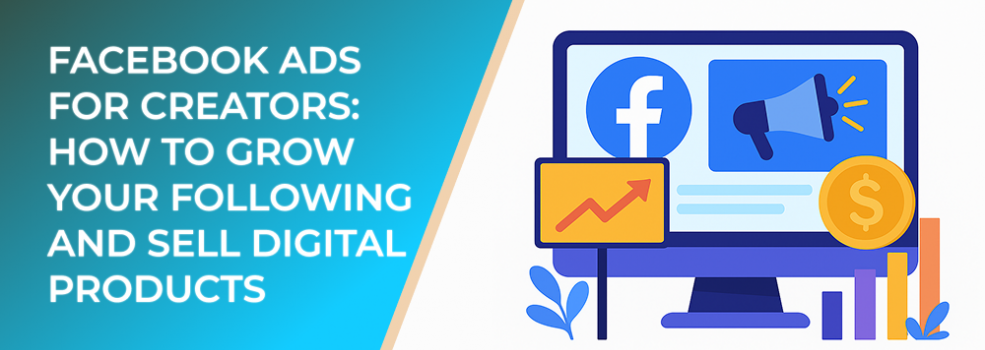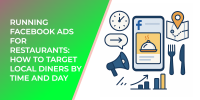With over 3 billion monthly active users in 2025, Facebook continues to be one of the largest platforms for creators to grow and monetize their presence. While organic reach has declined over the years, paid advertising bridges the gap by allowing you to target highly specific audiences.
According to Meta’s 2024 data, creators who used targeted ads to promote their content and products saw a 32% higher engagement rate compared to those relying solely on organic reach. For digital product sellers, Facebook Ads contributed to a 28% increase in direct conversions on average.
Step 1: Define Your Audience
As a creator, your first task is identifying who you want to reach. Facebook’s audience targeting allows you to filter by interests, behaviors, and demographics. For example, a digital illustrator selling design templates can target small business owners, marketers, or other creatives who frequently purchase design assets.
Pro Tip: Layering interests (e.g., “graphic design” + “small business marketing”) often delivers a lower cost-per-click (CPC) because the audience is more relevant and likely to convert.
Step 2: Craft Content That Converts
Your ad creative is the hook. Statistics show that 65% of ad-driven conversions for creators in 2024 came from video ads, particularly short, engaging clips under 15 seconds. Showcase your digital product in action—whether it’s an online course, template, or eBook—and demonstrate the value instantly.
-
Use a before-and-after transformation style for courses or services.
-
Highlight testimonials from existing buyers.
-
Include a clear call-to-action (CTA), such as “Download Now” or “Enroll Today.”
Step 3: Test and Optimize Campaigns
Running Facebook Ads successfully requires ongoing testing. Instead of committing a large budget upfront, start small and compare ad sets.
-
A/B Testing: Try two different creatives or CTAs and measure performance.
-
Retargeting: According to industry benchmarks, retargeting campaigns lower cost-per-acquisition (CPA) by up to 41% because they focus on users already familiar with your content.
-
Metrics to Watch: CTR (Click-Through Rate), Conversion Rate, and ROAS (Return on Ad Spend).
Step 4: Sell Digital Products Directly
Facebook Shops and integrated landing pages make it simple to sell digital products directly through ads. Pairing ads with instant checkout options reduces friction and boosts conversions.
For instance, a creator promoting an eBook could use a Facebook Lead Ad to capture email addresses, then retarget those leads with a purchase-focused campaign. Statistics show that combining lead generation with retargeting increases revenue per user by over 20%.
Step 5: Scale Once You Find What Works
Once you’ve tested and found a winning formula, scale gradually. Increase your budget by 20–30% every few days rather than doubling it overnight to avoid disrupting Facebook’s learning phase.
Suggested Reading from LeadEnforce Blog
Conclusion
For creators, Facebook Ads are more than just a promotional tool—they’re a growth engine. With precise targeting, engaging creatives, and smart optimization, you can grow your following while turning digital products into a reliable income stream. By testing, retargeting, and scaling, you ensure your ads not only build awareness but also drive measurable results.

